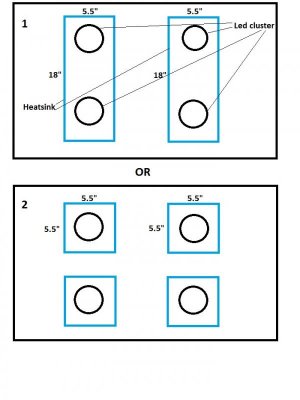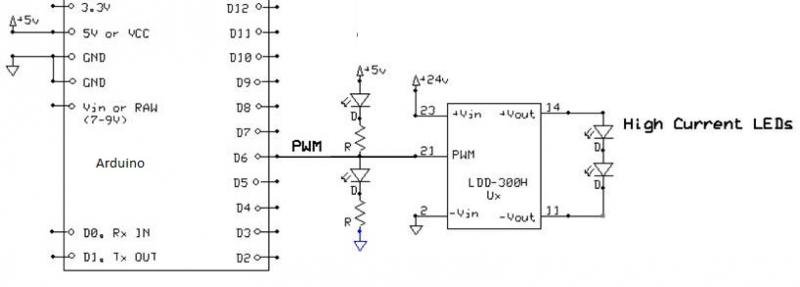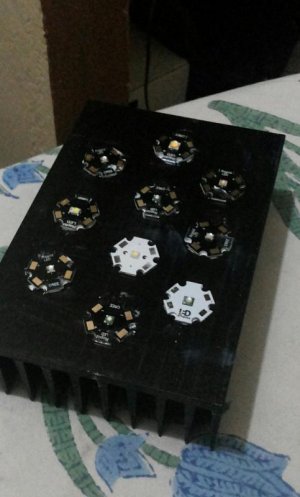Gorgok
New member
I don't like screws for this, its time consuming and, especially with less skill, potentially extremely frustrating. Breaking drills or taps in the heatsink is no fun. Then there is still the potential for every screw to ground the string to the heatsink.
What i would use instead is a thermal adhesive, like Arctic Alumina, to adhere the stars to the heatsink. If you ever need to remove a star a wood chisel (or even a sharp flathead screwdriver) and a small tap of a hammer should pop the star off without much trouble. Scraping the residue off the star/heatsink is not too difficult to reuse the spot/star.
What i would use instead is a thermal adhesive, like Arctic Alumina, to adhere the stars to the heatsink. If you ever need to remove a star a wood chisel (or even a sharp flathead screwdriver) and a small tap of a hammer should pop the star off without much trouble. Scraping the residue off the star/heatsink is not too difficult to reuse the spot/star.




